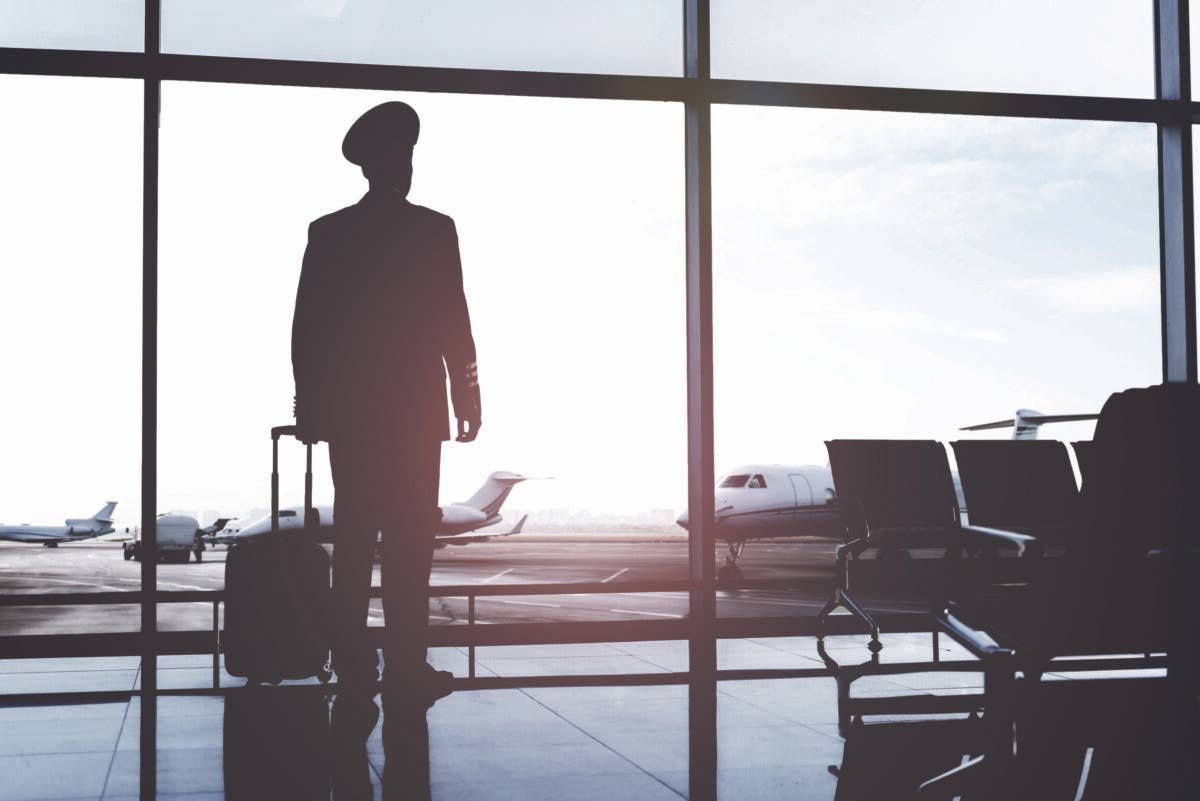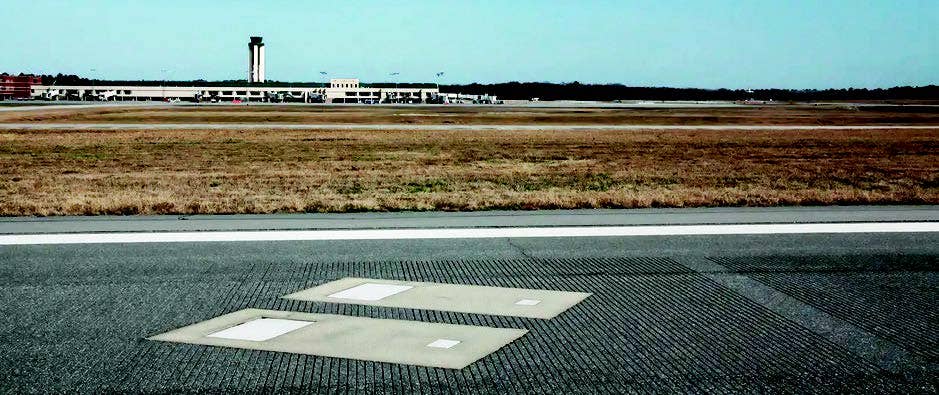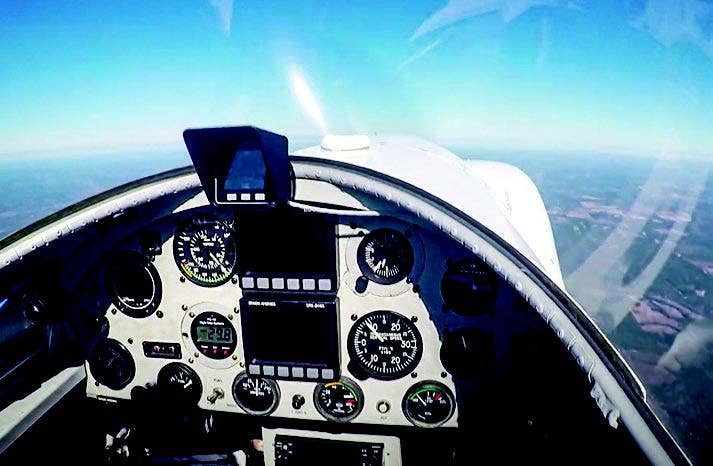Airline Pilots Flying to Age 67?
The unanticipated consequences of hiring incentives.

Mandatory retirement age for airline pilots didn’t exist until March 1960, when it became a federal aviation regulation. [Credit: Adobe Stock]
Understandably, the flying public has become frustrated with the frequent delays and cancellations now associated with the anxiousness of airline travel. The post-pandemic pent-up travel demand is the primary catalyst. Although many factors are involved, the so-called “pilot shortage” has been showcased as a significant culprit.
Responding to their constituents’ angst, Republicans Sen. Lindsey Graham of South Carolina and Rep. Chip Roy of Texas introduced the “Let Experienced Pilots Fly Act” on July 25, which would extend the mandatory airline pilot age from 65 to 67. Although well-intended, the legislation would create more problems than it would solve. It shouldn’t even be considered a Band-Aid.
Mandatory retirement age for airline pilots didn’t exist until March 1960, when it became a federal aviation regulation. It was an arbitrary number that was heavily influenced by American Airlines’ colorful CEO, C.R. Smith. Having developed a friendship during World War II with the man who would become the first FAA administrator, Smith managed to convince the agency that the age 60 limit was medically necessary. In actuality, it was about reducing costs by upgrading and hiring a younger generation of pilots, notwithstanding Smith’s public narrative that the “older” and more senior pilots were potentially incapable of adapting to the rigors of the jet age. Much more was involved, but that’s fodder for another story.
In any case, the current mandatory retirement age of 65 was instituted in 2007—also an arbitrary number. Although the medical argument was used again, the driving force was really to stretch the earnings of pilots who had been adversely affected by airline bankruptcies. Syncing the retirement age with Medicare eligibility was big, since most retiree medical benefits were eliminated or became cost prohibitive post-retirement.
The argument can be made that—because airlines medically screen their applicants for high standards—the pilot population is healthier than that of most occupations. In addition, the requirement to maintain the standards of a first-class medical certificate every six months also contributes. But, pilots age like the rest of the population over 60. Knees deteriorate. Shoulders lose mobility. Common forms of cancer attack. In that regard, older pilots are found on the sick list more frequently, which results in the need to have more pilots on staff to take up the slack, which exacerbates the pilot shortage.
Scott Kirby, the CEO of United Airlines, stated during an MSNBC interview that 36 percent of his 64-year-old pilots were on short-term or long-term sick leave. One can easily draw the assumption that the percentage will only increase beyond age 65. Although some of the sick leave involves unanticipated medical problems, some is created by pilots opting for elective surgery while they still have more favorable employee benefits. And I’ll be honest, unless an airline provides compensatory incentives, pilots approaching retirement find it difficult to leave unused sick time on the table.
Medical factors aside, International Civil Aviation Or-ganization (ICAO) rules restrict airline pilots from flying into a participating country’s airspace beyond the age of 65. Only about nine countries allow their pilots to fly past age 65. Australia, being one of these countries, restricts those pilots to domestic operations. Considering the ICAO restriction, how does an airline efficiently schedule over-65-year-old pilots who are most likely flying wide-body aircraft on international flights?
Most major airlines incorporate international flying with domestic flying in the same trip pairing, so efficiency becomes more problematic. With seniority the golden rule for almost every aspect of an airline pilot’s employment, how do the carrier and the union find a solution to parsing out a domestic schedule tailor-made for the over-65 crowd? It’s almost like creating a separate seniority list within a seniority list.
A solution might be to have the over-65 pilots fly narrow-body airplanes domestically, but that becomes a salary reduction with a less desirable schedule… unless the airline is willing to compensate at the same rate as a wide-body pilot. In any case, this solution would do more to incentivize retirement rather than incentivize retention. Most airline pilots nearing retirement age have finally attained a level of seniority that affords them better salaries and better schedules. Why give that up?
But for argument’s sake, let’s imagine an agreement is reached for senior pilots to fly narrow-body airplanes. Transition training would be required. Pilots under 65 years old would have to fill the seats vacated by those 65-plus, thus triggering more transition training. A domino effect occurs that doesn’t really address the issue of retaining pilots. In addition, junior pilots would likely grumble that the old guys are blocking their progress through the ranks by sticking around for another two years.
Although some airlines are investing in training infrastructure, more classrooms and simulator buildings have to be constructed. More instructors are required. More check airmen are needed. If over-65 pilots transition backwards, the training bottleneck will intensify. Airline academies still have to incorporate required recurrent training with other types of transition training. With new-hire training involved, scheduling becomes a serious challenge. Once again, we’re not solving the problem of increasing the pilot workforce.
For the moment, the major airlines have a steady flow of experienced new-hire pilots from the regional carriers, but it will only be a matter of time before it becomes a trickle. The regionals are already having difficulty finding qualified candidates, thus the reason for asking the FAA for relief on the restricted ATP total hours required for Part 121 first officers.
What’s the solution? Other than incentivizing by offering compensation beyond the notoriously low salaries at regional airlines—which is actually occurring at some carriers—a major challenge is bridging the gap between a student pilot’s total time at training completion and the total time required for the restricted ATP. Although some intensified flight training academies are working in conjunction with airlines as part of an ab-initio program, the majority of students graduate with around 250 hours total time. Another 1,250 hours, for a total of 1,500 hours, is required before that student can qualify for an ATP certificate. So, how does one log more flight time beyond towing banners along the beach or flight instructing?
Some smaller operators, like Cape Air—which has only a single-pilot requirement—are helping to fill the experience gap by supporting a program of filling their empty copilot seats with graduates from flight training academies. The industry needs more programs of this type.
Favorable student loans and starting bonuses will incentivize more to enter the industry, but it’s not the only solution. The airlines, pilot unions, flight schools, and the FAA need to break out the whiteboard before more satellite communities lose their airline service.
Let’s leave the “Let Experienced Pilots Fly Act” on the shelf where it belongs.

Subscribe to Our Newsletter
Get the latest FLYING stories delivered directly to your inbox






